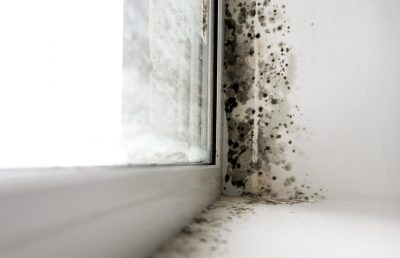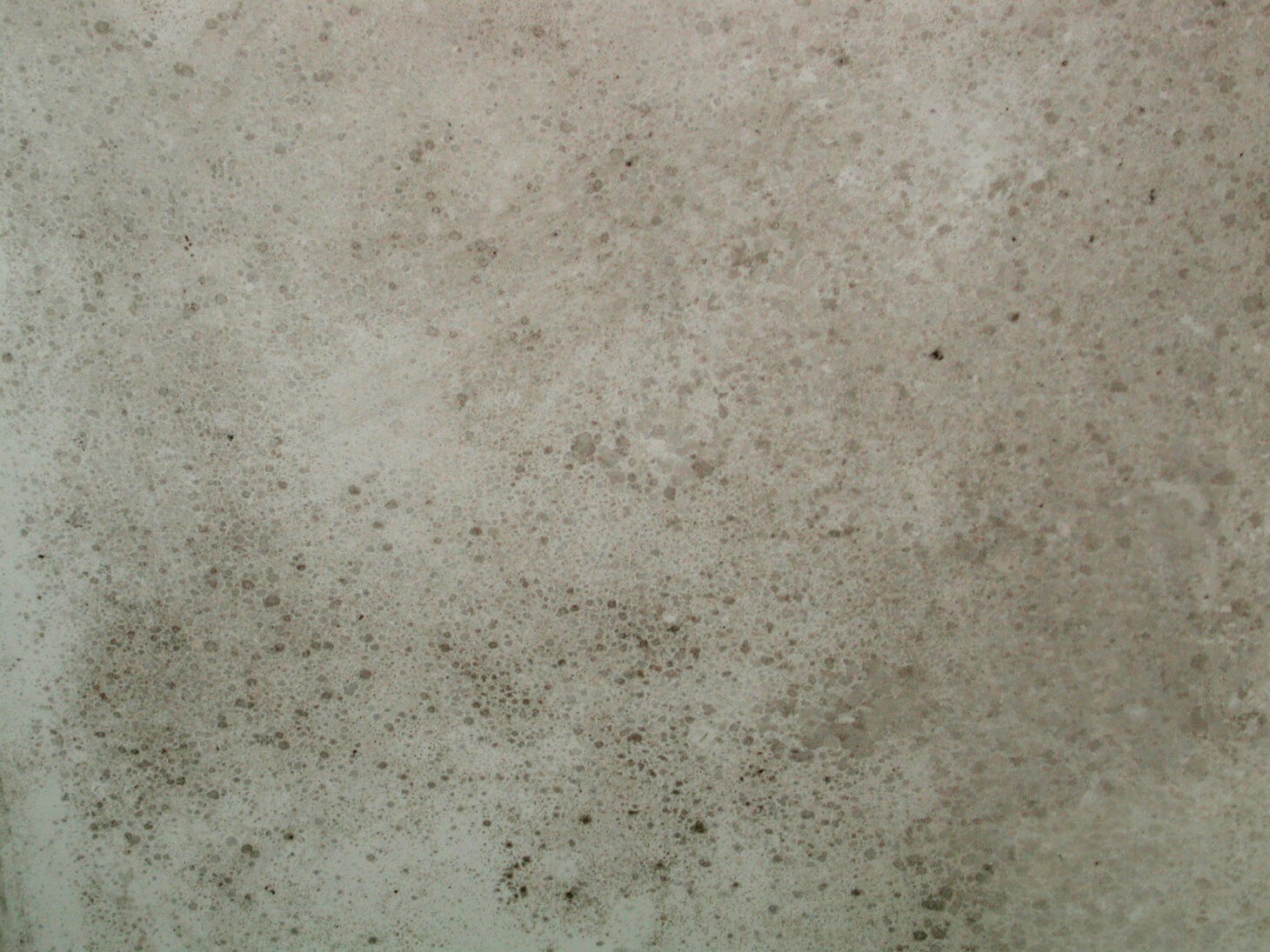Imagine waking up in the morning, opening the window, and seeing blissful showers pouring down – the season’s first rainfall! Sure, the earthy scent and the feeling that the city took a quick shower are lovely. But, unfortunately, things change as it begins to rain every other day. With heavier rain, things can get harder. It brings a dank feeling, vulnerability to diseases, and moulds built-up in and out of the house! In this post, we will see why you should be concerned about mould, why they happen, and how you can get rid of it.

What is mould, and why does it occur?
Mould is a fungus that humans can’t see with their naked eyes. But, as they grow in spores, they become visible. Spores look like threads growing out of a surface. That is why when you touch it, the spores disperse. And it seems like powder spreading in the air because they are so tiny. As a result, its colour may vary from yellow to brown or even black.
Does mould appear only in the rainy season? The answer is No. It can be found in any season and anywhere. The reason for this is — Mould and Moisture are best friends. Wherever moisture goes, mould follows it. Okay, jokes apart. But moisture is indeed a breeding ground for mould. As a result, it can grow anywhere with excess moisture or inadequate air ventilation.
If you look closely, mould is always lurking in your backyard, on the trees, fence, and on left trash. Since the yard is an open space, it does not disturb you too much. But, the trouble begins when it starts growing on the walls of your house and eventually finds a way inside.
How does mould break into your house?
We build our houses to protect ourselves from the sun, rain, and everything else. But does this mean that your house is safe from them? Clearly, not. In monsoon, the rain gushes your house day and night. That results in the dissipation of your house’s walls, roofs, and basement.
The walls become more porous, making way for it to seep inside your home. In the case of the basement and roof, any leakage or wearing of the exterior paint can let mould in. It has a distinctive musty and unpleasant odour, which can indicate the presence of mould in your home.
Mould in your home? Where to look
As said before, mould loves moisture, no sunlight and less air ventilation. Your house has areas that probably have some of these conditions. Let’s look at them one by one.
The attic:
More than the walls, the roof is more exposed to the rain. That causes wear on the top and leakage. Another reason for mould growth in the attic is the lack of air circulation and sunlight, as the loft is rarely used.
Your bathroom:
Water is always present in bathrooms, so it makes more sense. Also, check your plumbing and walls for leaks as they may also result in mould growth.
The kitchen:
Moulds love food as much as you do. Unfortunately, food and dirty dishes fill our kitchens most of the time. Leftover food can also help it to grow. Don’t forget about your kitchen sink, as it is always in contact with water; clean it every day to prevent mould buildup. Also, keep checking your sink pipe, as it is the most damp and darkest place in the kitchen.
Walls:
When the paint of the outer walls deteriorations, it becomes more permeable. This is because bricks, from which walls are made, are porous themselves. As a result, the sides of windows and doors are an easy target for mould.
Basement:
Basements are always smelly; the reason is lack of sunlight, occasional use, and mould growing upwards from the foundation of your house. The mould can penetrate your home starting at the bottom, where the last brick line intersects the foundation.
Closet:
In rainy weather, even the closet is plugged with moisture. That makes your favourite clothes, bags and shoes a hotbed for mould growth.

Mould allergy; How to know I have one?
Some people are allergic to pollen, like mould. The tiny spores present in it can contaminate the air and can enter the upper respiratory tract via your nose. Look out for some of these signs:
- Sneezing
- Runny nose
- Watery eyes and itchy nose
- Difficulty in breathing
Preventive measures for mould buildup
Follow the simple yet effective tips:
- Paint your outer walls and roof with waterproof paint to help the wearing of the paint in rains
- Check for any water leakage in your house, and seek professional assistance if necessary.
- Keep your kitchen clean, and wash the sink with warm water. Wash the dishes daily if possible.
- If your kitchen has mould build up, you can clean it with a vinegar and water mixture.
- The spores can trigger allergies and respiratory discomfort in some people. Try wearing a mask and hand gloves while removing it.
- Try keeping your bathroom dry after use.
- For attics and the basement, let the sunlight in on sunny days to kill the moisture to some extent.
- Install ventilation fans for proper air circulation in your home. You can also use dehumidifiers.
- Depending on the severity of the buildup, you may need to hire a contractor to remove the mould and repaint the walls.
- In case of mould on clothes, try placing naphthalene balls or silicone gel in the closet to lock the moisture.
- Avoid keeping damp clothes in the washing machine or closet for a long time. If the mould builds on the cloth, washing it can make it go.
- If it grows on your leather shoes or handbag, simply wipe it with a dry cloth.
Final thoughts
A damp and dripping house in total turn-off. But, with proper maintenance and hygiene, you can surely beat it. Using the tips in this post, you can effectively rid your home of mould.









